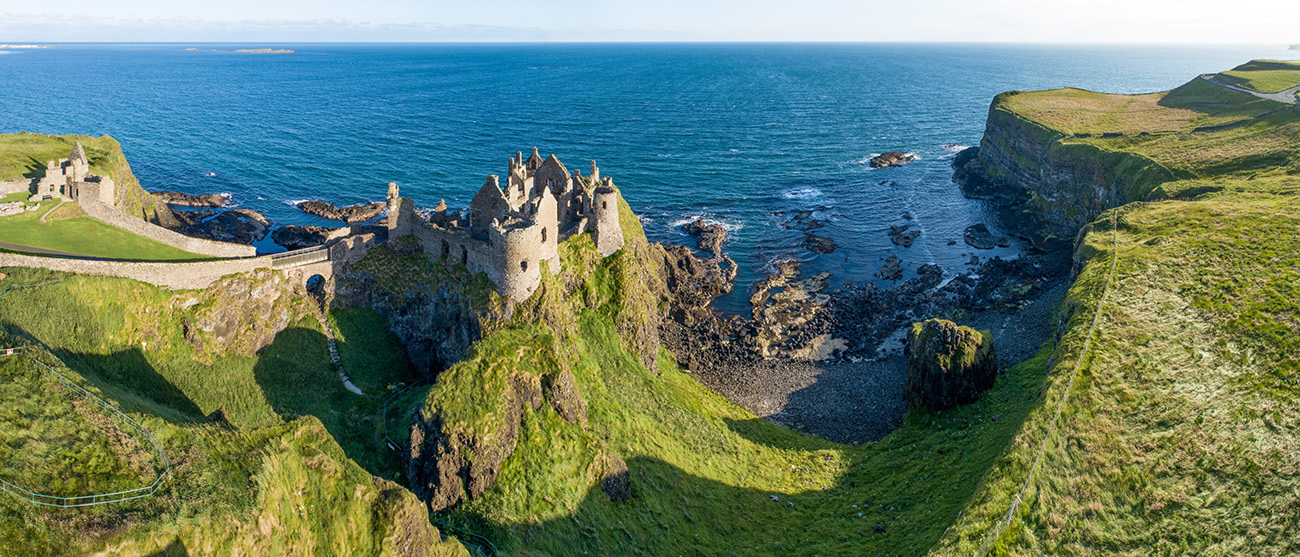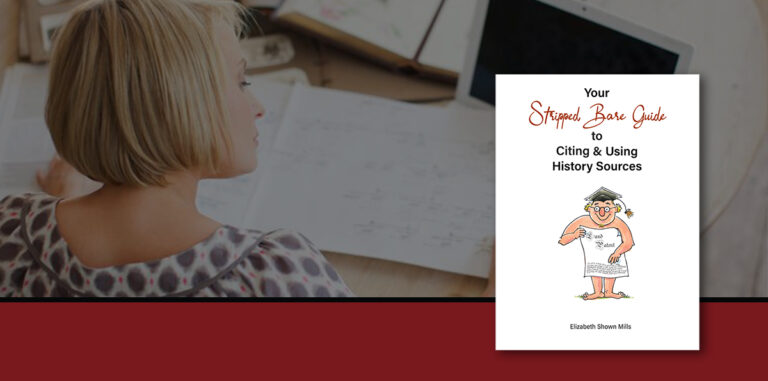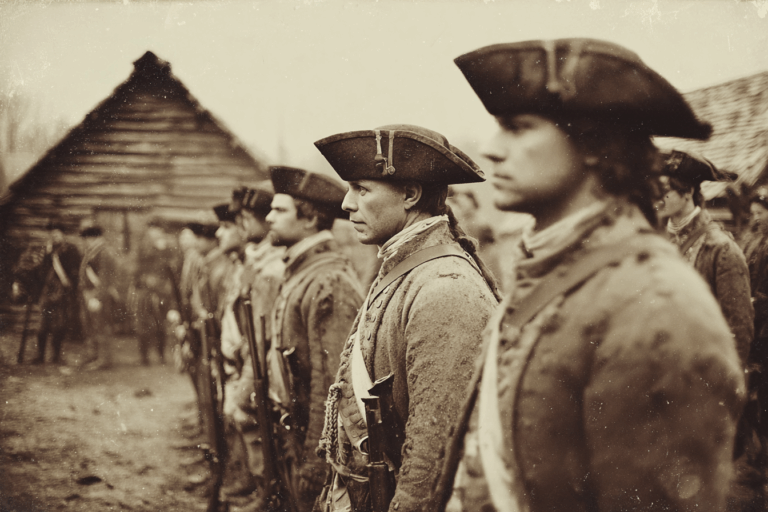
17th-Century Records for Scots-Irish Research
The Introduction to William J. Roulston’s magnificent textbook, Researching Scots-Irish Ancestors: The essential genealogical guide to early modern Ulster, 1600-1800, includes a historical essay that summarizes the events from the Nine Years War (1593-1603) to the Act of Union of 1800 that culminated in the solidification of the Ulster Plantation. Roulston devotes separate chapters to the records of 17th– and 18th-century Ulster that are of importance to genealogists. To help persons tracing Ulster ancestors appreciate the extensiveness of these chapters, here are a handful of entries from Chapter Four, which covers 17th-century records for the Ulster Plantation.
4.2 Records relating to the Plantation period, 1610–40
4.2.1 Books on the Ulster Plantation
A historical background to the Ulster Plantation is given in the introductory essay of this book. In summary, it is important to note that the official scheme for the Ulster Plantation affected six of Ulster’s nine counties – Armagh, Cavan, Donegal, Fermangh, Londonderry and Tyrone – while the remaining three counties – Antrim, Down and Monaghan – experienced British settlement to varying degrees. For those who wish to delve more deeply into this period, the following books will be helpful:
- Jonathan Bardon, The Plantation of Ulster (2011)
- Nicholas Canny, Making Ireland British, 1580–1650 (2001)
- Raymond Gillespie, Colonial Ulster: The Settlement of East Ulster, 1600–1641 (1985)
- George Hill, An Historical Account of the Plantation in Ulster at the
- Commencement of the Seventeenth Century (1877)
- Michael Perceval-Maxwell, The Scottish Migration to Ulster in the Reign of James I (1973)
- Philip Robinson, The Plantation of Ulster (1984)
A very helpful guide to early seventeenth-century records is R. J. Hunter (ed.), Plantations in Ulster, 1600–41: A Collection of Documents. First produced in 1975, a revised and expanded edition was prepared by Ian Montgomery and William Roulston and published in 2018 by the Public Record Office of Northern Ireland and the Ulster Historical Foundation. This volume includes reproductions of a series of documents along with transcriptions of them and additional commentary.
4.2.2 Plantation surveys
Between 1611 and 1622 the government commissioned four surveys to investigate the progress of the ‘official’ Plantation. These surveys and where they may be found are as follows:
1611: A survey carried out by Sir George Carew. Printed in Calendar of the Carew Manuscripts, 1603–24, pp 68–9, 75–9, 220–51. (Carew’s account of Antrim, Down and Monaghan has been printed in UJA, 3rd series, 28 (1975), pp 81–2.)
1613: A survey carried out by Sir Josias Bodley. Printed in Historical Manuscripts Commission, Hastings Manuscripts, 4 (1947), pp 159–92.
1618–9: A survey carried out by Captain Nicholas Pynnar. Printed in George Hill, An Historical Account of the Plantation of Ulster at the Commencement of the Seventeenth Century (1877).
1622: A survey carried out by commissioners appointed by the government. The 1622 commission was the most detailed of all the investigations into the progress of the Plantation. In addition to the published reports there is a significant amount of original documentation relating to the 1622 survey in the National Library of Ireland (MSS 8013–8014), and to a lesser extent in the Huntingdon and Peterborough Record Office (Kimbolton Manuscripts, DD/M). This material includes many of the original certificates presented by the British landowners or their agents in counties Armagh and Tyrone. Names of tenants, often distinguishing between freeholders and leaseholders, are provided as well as information on the buildings on the estate and who had built them. The material arising from this commission has been collated in Victor Treadwell (ed.), The Irish Commission of 1622 (2006), published by the Irish Manuscripts Commission.
4.2.3 R. J. Hunter Papers
R. J. (Bob) Hunter was one of the foremost historians of the Ulster Plantation. Following his death in 2007, his extensive collection of working papers was deposited in the Public Record Office of Northern Ireland (D4446). Microfilms acquired by him from the British Library and The National Archives (London) have been catalogued by PRONI under MIC721. Hunter’s ambition, sadly unrealized, was to produce a major study of the English involvement in the Ulster Plantation and many of his papers relate to his research, much of it carried out in archives in England, into this subject. He was also interested in intellectual history, the book trade, and the built heritage of the Plantation.
With support from the R. J. Hunter Committee, in 2012–13 the Ulster Historical Foundation produced in book form Hunter’s hitherto unpublished transcripts of the Ulster port books of 1612–15 and the muster roll of c. 1630 (see below). In addition, several other works by Hunter were issued: a new edition of Strabane Barony during the Ulster Plantation, 1607–41; his previously unpublished thesis, The Ulster Plantation in the Counties of Armagh and Cavan 1608–41; and a collection of his essays, Ulster Transformed: Essays on Plantation and Print Culture c. 1590–1641.
4.2.4 Ulster port books
The Ulster port books cover the years 1612–15 and include details of goods imported and exported through the ports of Londonderry, Coleraine and Carrickfergus as well as the ports in the barony of Lecale, County Down. They are an invaluable source of information on the nature of the economy in early seventeenth-century Ulster. The goods exported tended to be agricultural produce, such as salmon, beef and grain, while the imported commodities ranged from exotic foodstuffs to standard household items. The names recorded in the port books include masters of ships and merchants.
The port books were transcribed and published in R. J. Hunter (ed.), The Ulster Port Books 1612–15, prepared for publication by Brendan Scott (2012). This volume includes maps showing the various ports in the rest of Ireland, Britain and Continental Europe with which the Ulster ports traded. The original port books are in the Temple Newsam Manuscripts in the West Yorkshire Archive Service. Photocopies of these are available in the R. J. Hunter Papers in PRONI: D4446/B/6/1 (Carrickfergus); D4446/B/6/2 (Coleraine); D4446/B/6/3 (Lecale); and D4446/B/6/4–5 (Londonderry). R. J. Hunter’s transcripts of these manuscripts can be found in D4446/A/6/20–21 (Londonderry); D4446/A/6/22 (Carrickfergus); D4446/A/6/28 (Coleraine); and D4446/A/6/29 (Lecale).
4.2.5 Ulster roll of gaol delivery
Rare survivals of the judicial system in early seventeenth-century Ulster are the extracts from what has been termed the ‘Ulster roll of gaol delivery’. Some of the entries for the years 1613–18 were transcribed from the records of the Court of Exchequer in Dublin by James F. Ferguson and published in UJA, 1st series, 1 (1853), pp 260–70; 2 (1854), pp 25–9. Others appear in R. M. Young (ed.), Historical Notices of Old Belfast (1896), pp 30–39, and Thomas Gogarty, ‘Ulster roll of gaol delivery’, Archivium Hibernicum, 6 (1917), pp 83–93. See also Brian Gilmore, ‘Assizes and inquisitions for counties Armagh, Tyrone, Monaghan, Cavan and Fermanagh in 1614–1615’, Duiche Neill, 24 (2017), pp 38–57.
The extracts include the names of jurors, those charged with criminal behaviour and their alleged victims, and provide brief details of each case and the outcome. For example, a jury assembled in Downpatrick in 1613 dealt with the following case:
… Murtagh Moder Magrane, late of Dromncknogher, county Down, yeoman, on the 20th of August, 1613, at Ballemullnany, stole a chestnut colored mare worth 40s. the property of John Prestly, of which he is found guilty; and the judgment of the Court is that he be brought back to the gaol by the gaoler and be disengaged from his chains, and that he be led from the gaol thro’ the midst of the town of Down as far as the gallows, and there hung by the neck until he be dead, and the Sheriff of Down is commanded to carry this into execution . . . . Continued



